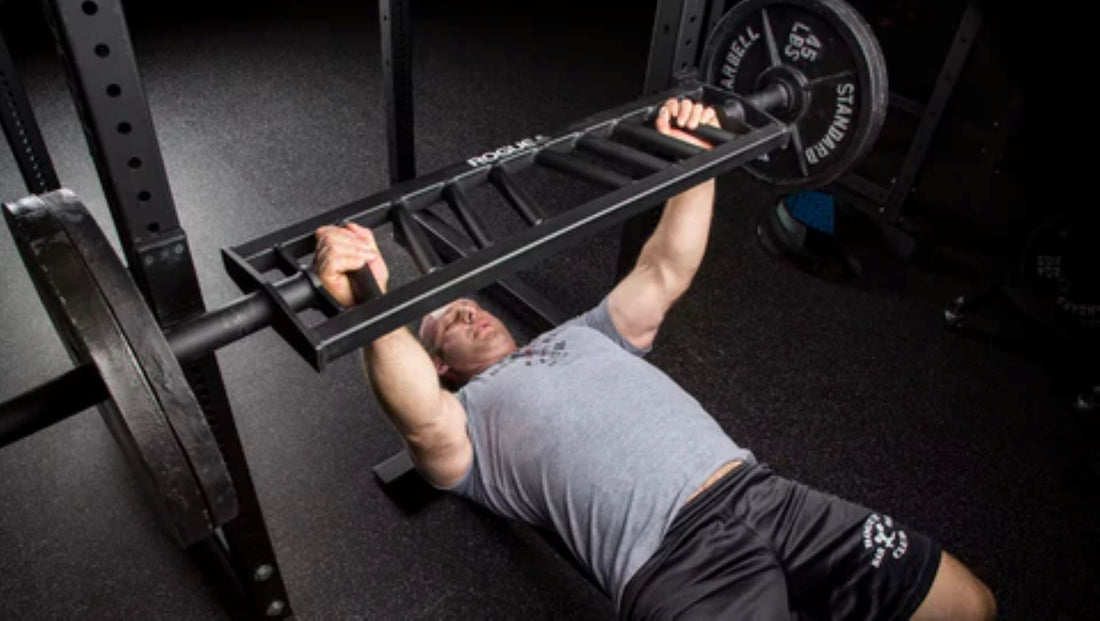
If you're serious about lifting weights, understanding the intricacies of the equipment you use can significantly impact your performance. Today, we're diving into the details of two fundamental types of barbells: the deadlift bar and the normal bar.
Deadlift Bar vs Normal Bar: An Overview
When you step into the gym, the variety of equipment can be overwhelming. Among the crucial pieces are the barbells, and it’s essential to know which bar fits your specific workout needs. The most debated comparison is often deadlift bar vs normal bar. Both have their unique features, advantages, and situations where they excel. Here, we will discuss what sets them apart.
What is a Deadlift Bar?
The deadlift bar is designed explicitly for the deadlift exercise. Typically, the deadlift bar is longer and thinner than a standard barbell. It also tends to have more aggressive knurling (the textured grip area), which ensures a firm grip even when lifting heavy weights. Here are some critical aspects:
- Length and Flexibility: Deadlift bars are approximately 90 inches long and more flexible, providing a better whip during lifting.
- Thin Diameter: With a diameter of around 27mm, these bars are easier to grip, allowing for an enhanced lifting experience.
- Aggressive Knurling: More pronounced knurling ensures grip security and reduces the risk of the bar slipping during a deadlift.
What is a Normal Bar?
A normal bar, sometimes referred to as a standard barbell, is a versatile piece of equipment that can be used for a variety of exercises including squats, bench presses, and yes, even deadlifts. Here are some features:
- Length and Flexibility: Standard bars are about 86 inches long and are more rigid compared to deadlift bars.
- Diameter: With a diameter of about 28-29mm, normal bars fit comfortably for most multi-lift routines.
- Moderate Knurling: The grip on a standard barbell is less aggressive, making it ideal for various types of lifts without tearing up your hands.
Benefits of Using a Deadlift Bar
Why should one consider using a deadlift bar over a normal bar? Here are some compelling reasons:
- Better Grip: As mentioned, the aggressive knurling ensures you can hold heavier weights securely.
- Enhanced Lift Mechanics: The added whip can make the initial pull of the deadlift easier, allowing for more effective force application.
- Targeted Training: Designed solely for deadlifts, these bars help you focus on perfecting your form and maximizing your lift.
Benefits of Using a Normal Bar
On the other hand, normal bars are the bread-and-butter of most gyms. Here’s why they’re still indispensable:
- Versatility: Suitable for a range of exercises, a normal barbell is ideal for a comprehensive workout routine.
- Availability: Standard barbells are more commonly found in gyms, making them easier to access.
- Stability: The stiffer nature provides a rigid bar for exercises like squats and bench presses where less whip is beneficial.

When to Use Which Bar?
Understanding when to use a deadlift bar vs normal bar is crucial for optimizing your workout. Here are some general guidelines:
- Deadlifts: If your primary focus is the deadlift exercise, a deadlift bar is your go-to for maximizing performance.
- Mixed Workouts: When planning a varied workout that includes different lifts, a normal bar is more practical and versatile.
- Progression and Specialization: For lifters who are progressing and willing to specialize in deadlifting form and technique, investing in a deadlift bar can be rewarding.
Common Misconceptions
It’s important to debunk some myths regarding these bars:
- Injury Risk: Some believe deadlift bars can increase the injury risk due to their flexibility, but proper form and technique mitigate this issue.
- Exclusivity: Another myth is that you need both types of bars to excel. While each has its benefits, a standard bar can suffice for many lifters.
- Price: Deadlift bars tend to be more expensive due to their specialized nature, but this isn’t necessarily prohibitive for those committed to their fitness goals.
Practical Tips
Here are some practical tips to get the most out of your barbell choice:
- Inspect the Knurling: Ensure that the knurling on the bar matches your grip preference, especially for deadlifts.
- Check Flexibility: For deadlift bars, test the bar’s flexibility to see if it suits your lifting style.
- Start Light: Always begin with lighter weights to get accustomed to the feel of a new bar before adding more plates.
Conclusion
In the debate of deadlift bar vs normal bar, the choice ultimately boils down to your specific fitness goals and workout routines. While a deadlift bar offers specialized benefits for deadlifting, a normal bar provides versatility that’s hard to beat. Understanding these differences will help you make an informed decision for your next workout session.
Whether you are a seasoned lifter or a beginner, both types of bars have their place in a well-rounded fitness regimen. Remember, the right equipment can make a substantial difference in achieving your fitness goals, so choose wisely!





















